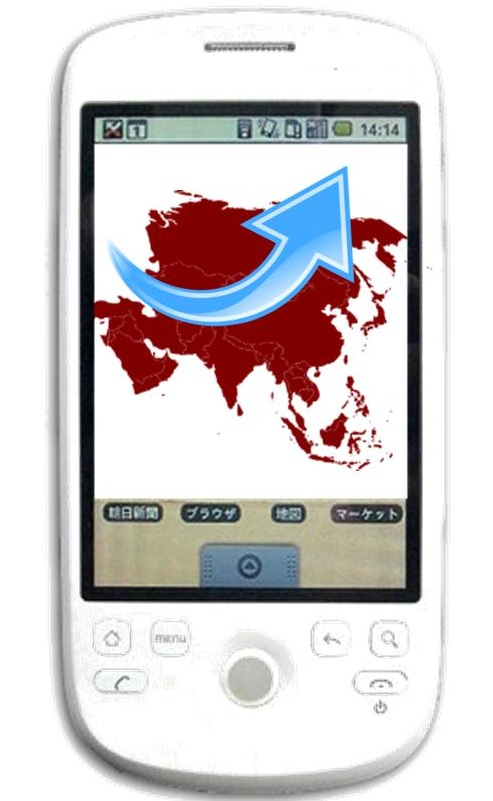According to the latest statistics, these figures have climbed by 74 percent over last year.
A brand new technology news report has just been released that has stated that the Asia Pacific countries, as well as those in Eastern Europe and Latin America are the regions experiencing the highest amount of growth in the sale of smartphones.
The data that was released in the report showed skyrocketing rates of growth in the sale of the devices.
The report was first printed in a large online Asian technology news site, and stated that when compared to the same time last year, there has been a 74.1 percent growth rate of smartphones in Asia Pacific countries, a 55.7 percent increase in Latin American countries, and a 31.6 percent rise in the Easter European sales.
The technology news data, itself, was collected and provided by Gartner, confirming that smartphones are still taking off.
 It provided confirmation to what many technology news sources had already been suggesting, that smartphone sales are steadily and rapidly on the rise around pretty much all regions around the globe. It went on to say that in the second quarter of this year, the mobile phone sales worldwide, to the end consumers, was up to 435 million units. This was a global increase of 3.6 percent when compared to the same time in 2012.
It provided confirmation to what many technology news sources had already been suggesting, that smartphone sales are steadily and rapidly on the rise around pretty much all regions around the globe. It went on to say that in the second quarter of this year, the mobile phone sales worldwide, to the end consumers, was up to 435 million units. This was a global increase of 3.6 percent when compared to the same time in 2012.
In the second quarter of 2013, smartphone sales increased by 46.5 percent, making it the first time in history that these devices exceeded the sale of smartphones. The technology news went on to indicate that during that quarter alone, the sale of smartphones to the end consumer came up to 225 million units, while at the same time, only 210 million units of feature phones were sold.
Worldwide, the technology news was the best for Samsung, which continued to hold its top position in the smartphone marketplace. Its share of the smartphone market rose to 31.7 percent, in comparison to the 29.7 percent that it had reached in the same quarter in 2012.
According to an technology news statement released by the principal research analyst, Anshul Gupta, from Gartner, “Smartphones accounted for 51.8% of mobile phone sales in the second quarter of 2013, resulting in smartphone sales surpassing feature phone sales for the first time.”

 Spending is low among women and older consumers
Spending is low among women and older consumers